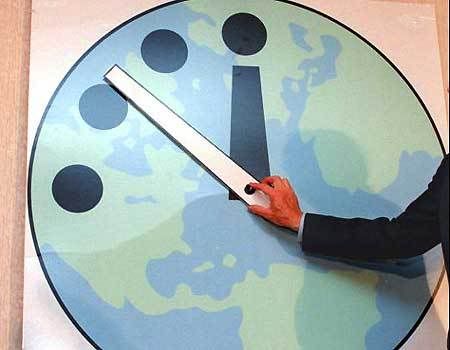
This thread was inspired by another that willravel created located in Tilted Knowledge titled Tilted Armageddon. If you havenít read through that one, itís worth a visit. This one is approached in a different way. I have a side passion, that many of my friends think is a bit odd or paranoid as some call it. For the last ten years I have been allotting a portion of investment into preparing for surviving a collapse of society as we now know it. Really up until the last two years it has just been more of buying supplies and putting them into storage. Iím almost out of room with a need to expand. What I currently have is:
* enough MREs (meals ready to eat) to feed six people for 4-5 years
* a large supply of drinking water, will invest in a filtration system soon
* a full array of medical supplies- various antibiotics, a complete spectrum of other medications, minor surgery materials including analgesics such as lidocane with and without epi, various emergency medical equipment, an automatic defibrillator, the list goes on and on. Basically, a small ER. Some of the medications will expire as time goes on. I usually stock up whenever I go to Mexico. Even if the meds do expired, something is better than nothing.
* 4 sets of MOP gear including gas masks
* Dosimeters, survey meter, ten boxes of potassium iodide
* Two books of M9 and M8 paper, M256A1 kit, and an anthrax SMART kit Ė that covers most of the chemical and biological spectrum
* An armory in which I wonít go into details



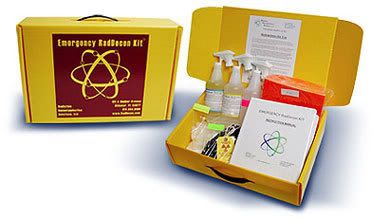
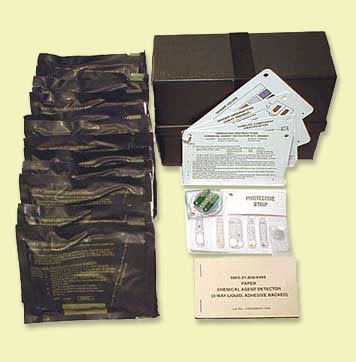
My next investment is going to be the largest. Hereís where friends and family view me as wasting my money. Iím having an underground shelter constructed, it has taken me about three years to fully research what I want as far as layout, sanitation, air and water filtration, level of NBC protection, level of tectonic protection, access points, and overall space. If I had enough money I would save a lot of time and purchase an abandoned missile silo the government sells, but the price tag is way out of range.

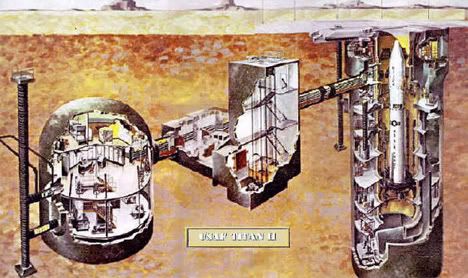
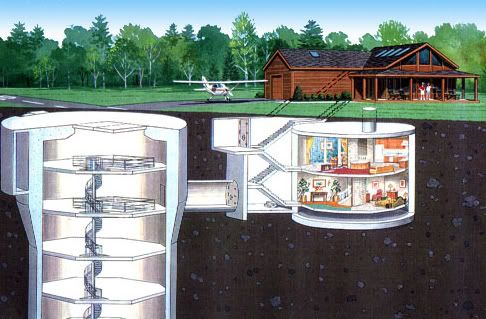
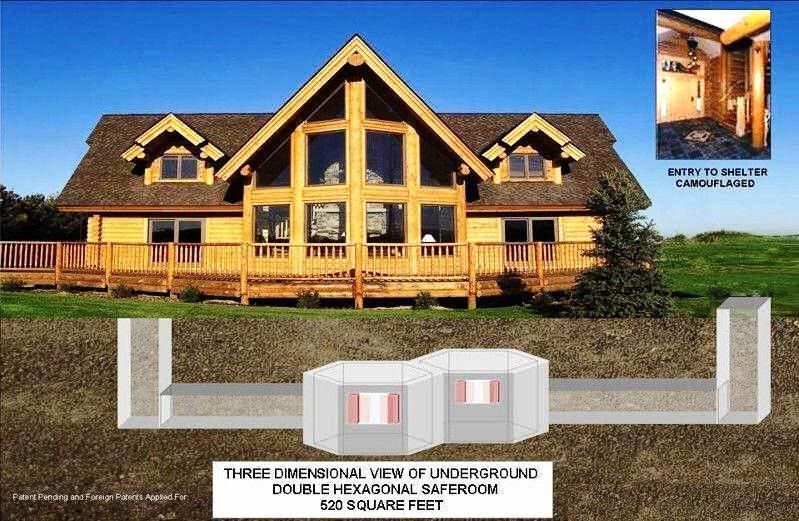
The location was the final element. I have land in Montana; which at first seemed ideal. It is on the continental divide and very secluded. The problem is in the event of a nuclear war that area is going to get hit harder than most of the states. Not to mention Yellowstone, although that wasnít a big concern.
The area I live in now; Arizona I found to be pretty much ideal for numerous reasons and threats both manmade and by nature. Arizonaís main issues will be water and food, not counting a direct meteor hit.
I have thoroughly reviewed FEMAís website and Arizonaís DEMA website. Both actually offer online courses for free that most colleges accept as credits toward and emergency management science degree. Your state DEMA website has a wealth of information on what to do should the ďshit hit the fanĒ in any one of the numerous ways it can.
I have friends that see this as over the top, but I also am in a network of individuals I would call peers more than friends that are all doing the same thing.
There are multiple events that can happen that would disrupt society as we know it on a grand scale. Iíll eliminate the least likely first: asteroid impact, gamma ray burst, giant super solar flare, magnetic pole reversal, mage volcano eruption like Yellowstone for example, a natural global epidemic, biotech disasters, and technology based disasters such as the concern over Y2K.
The next set events I classify as possible. These are the oneís I am curious how others view here. Iím not really referring to whether you believe they will happen or not. They are possible enough for to prepare for, even if they are unlikely. Through everything I hope they never happen. If I go through life having invested and prepared for situations driven by paranoia, and thatís all they were, believe me when I say that is not a bad thing.
Any kind of collapse of society that renders us into a scenario like the movies: The Postman, Road Warrior, Red Dawn, and similar. A full blown or even limited nuclear war, a total collapse of our economy where those without precious metals are totally fu**ed, martial law gone out of control on a national level, a man made-virus unleashed intentionally or accidently, etc.
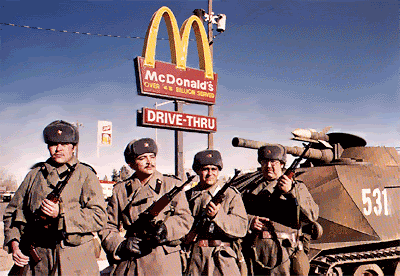
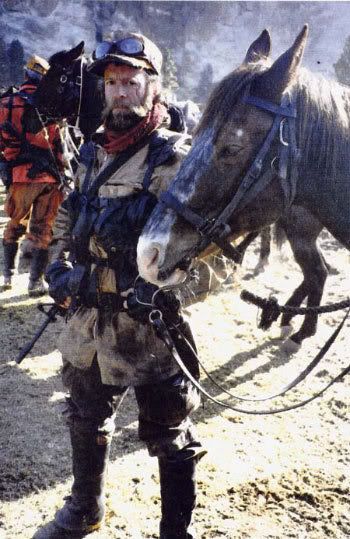
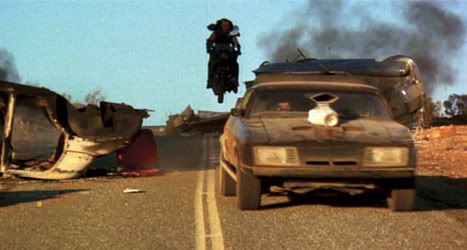
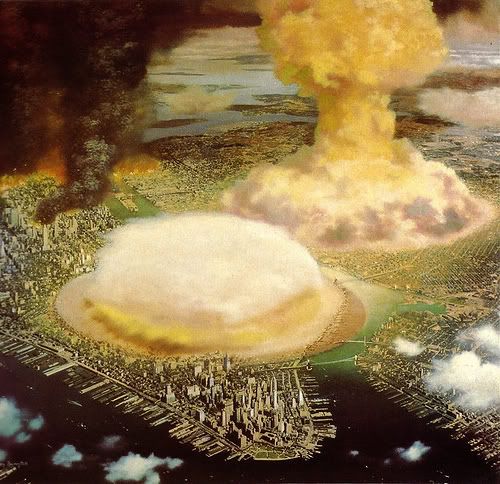
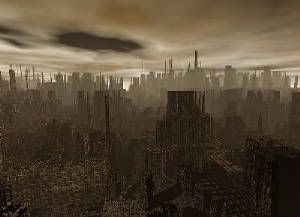
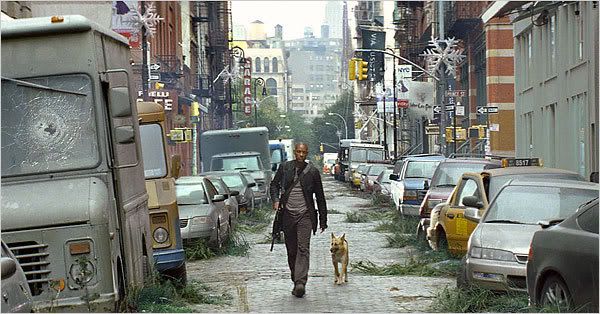

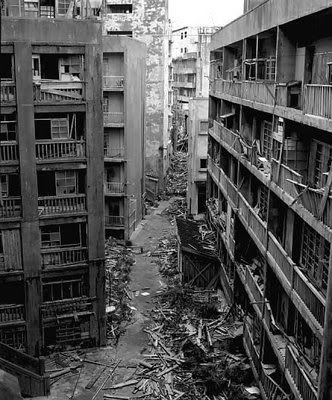
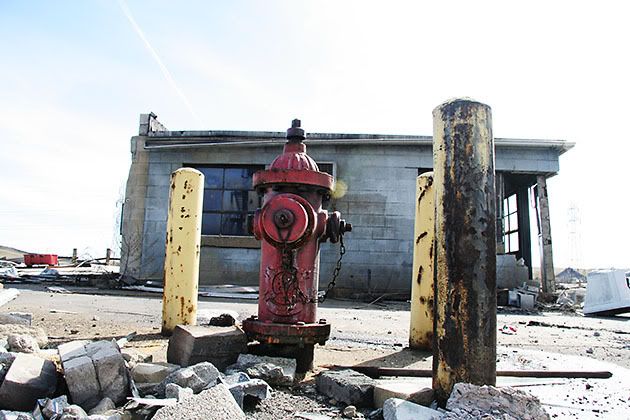
Some of my friends that view me as obsessed state they wouldnít want to survive if things go bad.
Would anyone here want to survive catastrophes mentioned above? If, not does that mean you would kill yourself if your survived the initial causes?
If you didnít want to survive and you have a family, does that mean you wouldnít want your family to survive?
What would you do if something biological happened on a grand scale and the antibiotics or antidote became scarce- and someone you love needed it or would suffer and die, what would you do?
Is anyone else prepared for the worse here? I understand having the mindset of whatever happens; happens and there is nothing I can do about it. That may be true, but if the worst does happen do you have any kind of action plan for food, medicine, shelter, etc. Consider where your current state of preparedness is right at this moment. If something happened there would be panic in the streets. Highways would become filled, stores looted, and mass panic. If the stages of martial law broke down, the lower ranks of the military could fall apart as they become concerned for their families, form there anything is possible.
If these events are unlikely, is it a waste of time for the government to be prepared? When I referred to being prepared, I mean a refuge for a select few to have and survive on. Meet Mount Weather: you should after all you are helping pay for it.
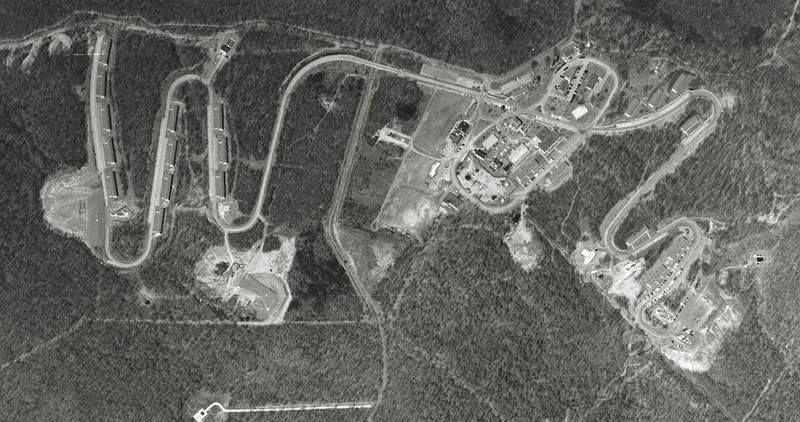
Quote:
Few Americans--indeed, few Congressional reps--are aware of the existence of Mount Weather, a mysterious underground military base carved deep inside a mountain near the sleepy rural town of Bluemont, Virginia, just 46 miles from Washington DC. Mount Weather --also known as the Western Virginia Office of Controlled Conflict Operations--is buried not just in hard granite, but in secrecy as well.
In March, 1976, The Progressive Magazine published an astonishing article entitled The Mysterious Mountain. The author, Richard Pollock, based his investigative report on Senate subcommittee hearings and upon "several off-the-record interviews with officials formerly associated with Mount Weather." His report, and a 1991 article in Time Magazine entitled Doomsday Hideaway, supply a few compelling hints about what is going on underground.
Ted Gup, writing for Time, describes the base as follows: "Mount Weather is a virtually self-contained facility. Above ground, scattered across manicured lawns, are about a dozen buildings bristling with antennas and microwave relay systems. An on-site sewage-treatment plant, with a 90,000 gal.-a-day capacity, and two tanks holding 250,000 gal. of water could last some 200 people more than a month; underground ponds hold additional water supplies. Not far from the installation's entry gate are a control tower and a helicopter pad. The mountain's real secrets are not visible at ground level."
The mountain's "real secrets" are protected by warning signs, 10 foot-high chain link fences, razor wire, and armed guards. Curious motorists and hikers on the Appalachian trail are relieved of their sketching pads and cameras and sent on their way. Security is tight.
The government has owned the site since 1903; it has seen service as an artillery range, a hobo farm during the Depression, and a National Weather Bureau Facility. In 1936, the U.S. Bureau of Mines took control and started digging.
Mount Weather is virtually an underground city, according to former personnel interviewed by Pollock. Buried deep inside the earth, Mount Weather was equipped with such amenities as:
- private apartments and dormitories
- streets and sidewalks
- cafeterias and hospitals
- a water purification system, power plant and general office buildings
- a small lake fed by fresh water from underground springs - a transit system
- a TV communication system
Mount Weather is the self-sustaining underground command center for the Federal Emergency Management Agency (FEMA). The facility is the operational center - the hub - of approximately 100 other Federal Relocation Centers, most of which are concentrated in Pennsylvania, West Virginia, Virginia, Maryland and North Carolina. Together this network of underground facilities constitutes the backbone of America's "Continuity of Government" program. In the event of nuclear war, declaration of martial law, or other national emergency, the President, his cabinet and the rest of the Executive Branch would be "relocated" to Mount Weather.
What Does Congress Know about Mount Weather?
According to the Senate Subcommittee on Constitutional Rights hearings in 1975, Congress has almost no knowledge and no oversight --budgetary or otherwise--on Mount Weather. Retired Air Force General Leslie W. Bray, in his testimony to the subcommittee, said "I am not at liberty to describe precisely what is the role and the mission and the capability that we have at Mount Weather, or at any other precise location."
A
pparently, this underground capital of the United States is a secret only to Congress and the US taxpayers who paid for it. The Russians know about it, as reported in Time: "Few in the U.S. government will speak of it, though it is assumed that all along the Soviets have known both its precise location and its mission (unlike the Congress, since Bray wouldn't tell); defense experts take it as a given that the site is on the Kremlin's targeting maps. " The Russians attempted to buy real estate right next door, as a "country estate" for their embassy folks, but that deal was dead- ended by the State Department.
Mount Weather's "Government-in-Waiting":
Pollock's report, based on his interviews with former officials at Mount Weather, contains astounding information on the base's personnel. The underground city contains a parallel government-in-waiting: "High- level Governmental sources, speaking in the promise of strictest anonymity, told me [Pollock] that each of the Federal departments represented at Mount Weather is headed by a single person on whom is conferred the rank of a Cabinet-level official. Protocol ven demands that subordinates address them as 'Mr. Secretary.' Each of the Mount Weather 'Cabinet members' is apparently appointed by the White House and serves an indefinite term ... many through several Administrations. The facility attempts to duplicate the vital functions of the Executive branch of the Administration."
Nine Federal departments are replicated within Mount Weather (Agriculture; Commerce; Health, Education & Welfare; Housing & Urban Development; Interior; Labor; State; Transportation; and Treasurey) as well as at least five Federal agencies (Federal Communications Commission, Selective Service, Federal Power Commission, Civil Service Commission, and the Veterans Administration). The Federal Reserve and the U.S. Post Office, both private corporations, also have offices in Mount Weather.
Pollock writes that the "cabinet members" are "apparently" appointed by the White House and serve an indefinite term, but that information cannot be confirmed, raising the further question of who holds the reins on this "back-up government." Furthermore, appointed Mount Weather officials hold their positions through several elected administrations, transcending the time their appointers spend in office. Unlike other presidential nominees, these appointments are made without the public advice or consent of the Senate.
Is there an alternative President and Vice President as well? If so, who appoints them? Pollock says only this: "As might be expected, there is also an Office of the Presidency at Mount Weather. The Federal Preparedness Agency (precursor to FEMA) apparently appoints a special staff to the Presidential section, which regularly receives top secret national security estimates and raw data from each of the Federal departments and agencies.
What Do They Do At Mount Weather?
1) Collect Data on American Citizens
The Senate Subcommittee in 1975 learned that the "facility held dossiers on at least 100,000 Americans. [Senator] John Tunney later alleged that the Mount Weather computers can obtain millions of pieces of additional information on the personal lives of American citizens simply by tapping the data stored at any of the other ninety-six Federal Relocation Centers."
The subcommittee concluded that Mount Weather's databases "operate with few, if any, safeguards or guidelines."
2) Store Necessary Information
The Progressive article detailed that "General Bray gave Tunney's subcommittee a list of the categories of files maintained at Mount Weather: military installations, government facilities, communications, transportation, energy and power, agriculture, manufacturing, wholesale and retail services, manpower, financial, medical and educational institutions, sanitary facilities, population, housing shelter, and stockpiles." This massive database fits cleanly into Mount Weather's ultimate purpose as the command center in the event of a national emergency.
3) Play War Games
This is the main daily activity of the approximately 240 people who work at Mount Weather. The games are intended to train the Mount Weather bureaucracy to managing a wide range of problems associated with both war and domestic political crises.
Decisions are made in the "Situation Room," the base's nerve center, located in the core of Mount Weather.
The Situation Room is the archetypal war room, with "charts, maps and whatever visuals may be needed" and "batteries of communications equipment connecting Mount Weather with the White House and 'Raven Rock'-- the underground Pentagon sixty miles north of Washington--as well as with almost every US military unit stationed around the globe," according to the Progressive article. "All internal communications are conducted by closed-circuit color television ... senior officers and 'Cabinet members' have two consoles recessed in the walls of their office."
Descriptions of the war games read a bit like a Ian Fleming novel. Every year there is a system-wide alert that "includes all military and civilian-run underground installations." The real, aboveground President and his Cabinet members are "relocated" to Mount Weather to observe the simulation. Post-mortems are conducted and the margins for error are calculated after the games. All the data is studied and documented.
4) Civil Crisis Management
Mount Weather personnel study more than war scenarios. Domestic "crises" are also tracked and watched, and there have been times when Mount Weather almost swung into action, as Pollock reported: "Officials who were at Mount Weather during the 1960s say the complex was actually prepared to assume certain governmental powers at the time of the 1961 Cuban missile crisis and the assassination of President Kennedy in 1963. The installation used the tools of its 'Civil Crisis Management' program on a standby basis during the 1967 and 1968 urban riots and during a number of national antiwar demonstrations, the sources said."
In its 1974 Annual Report, the Federal Preparedness Agency stated that "Studies conducted at Mount Weather involve the control and management of domestic political unrest where there are material shortages (such as food riots) or in strike situations where the FPA determines that there are industrial disruptions and other domestic resource crises."
The Mount Weather facility uses a vast array of resources to continually monitor the American people. According to Daniel J. Cronin, former assistant director for the FPA, Reconnaissance satellites, local and state police intelligence reports, and Federal law enforcement agencies are just a few of the resources available to the FPA [now FEMA] for information gathering. "We try to monitor situations and get to them before they become emergencies," Cronin said. "No expense is spared in the monitoring program."
5) Maintain and Update the "Survivors List"
Using all the data generated by the war games and domestic crisis scenarios, the facility continually maintains and updates a list of names and addresses of people deemed to be "vital" to the survival of the nation, or who can "assist essential and non-interruptible services." In the 1976 article, the "survivors list" contained 6,500 names, but even that was deemed to be low. Who Pays for All This, and How Much?
At the same time tens of millions of dollars were being spent on maintaining and upgrading the complex to protect several hundred designated officials in the event of nuclear attack, the US government drastically reduced its emphasis on war preparedness for US citizens. A 1989 FEMA brochure entitled "Are You Prepared?" suggests that citizens construct makeshift fallout shelters using used furniture, books, and other common household items.
Officially, Mount Weather (and its budget) does not exist. FEMA refuses to answer inquiries about the facility; as FEMA spokesman Bob Blair told Time magazine, "I'll be glad to tell you all about it, but I'd have to kill you afterward."
We don't know how much Mount Weather has cost over the years, but of course, American taxpayers bear this burden as well. A Christian Science Monitor article entitled "Study Reveals US Has Spent $4 Trillion on Nukes Since '45" reports that "The government devoted at least $12 billion to civil defense projects to protect the population from nuclear attack. But billions of dollars more were secretly spent on vast underground complexes from which civilian and military officials would run the government during a nuclear war." What is Mount Weather's Ultimate Purpose?
We have seen that Mount Weather contains an unelected, parallel "government-in-waiting" ready to take control of the United States upon word from the President or his successor. The facility contains a massive database of information on U.S. citizens which is operated with no safeguards or accountability. Ostensibly, this expensive hub of America's network of sub-terrain bases was designed to preserve our form of government during a nuclear holocaust.
But Mount Weather is not simply a Cold War holdover. Information on command and control strategies during national emergencies have largely been withheld from the American public. Executive Order 11051, signed by President Kennedy on October 2, 1962, states that "national preparedness must be achieved... as may be required to deal with increases in international tension with limited war, or with general war including attack upon the United States."
However, Executive Order 11490, drafted by Gen. George A Lincoln (former director for the Office of Emergency Preparedness, the FPA's predecessor) and signed by President Nixon in October 1969, tells a different story. EO 11490, which superseded Kennedy's EO 11051, begins, "Whereas our national security is dependent upon our ability to assure continuity of government, at every level, in any national emergency type situation that might conceivably confront the nation."
As researcher late William Cooper points out, Nixon's order makes no reference to "war," "imminent attack," or "general war." These quantifiers are replaced by an extremely vague "national emergency type situation" that "might conceivably" interfere with the workings of the national power structure. Furthermore, there is no publicly known Executive Order outlining the restoration of the Constitution after a national emergency has ended. Unless the parallel government at Mount Weather does not decide out of the goodness of its heart to return power to Constitutional authority, the United States could experience an honest-to-God coup d'etat posing as a national emergency.
Like the enigmatic Area 51 in Nevada, the Federal government wants to keep the Mount Weather facility buried in secrecy. Public awareness of this place and its purpose would raise serious questions about who holds the reins of power in this country. The Constitution states that those reins lie in the hands of the people, but the very existence of Mount Weather indicates an entirely different reality. As long as Mount Weather exists, these questions will remain.
|
The Chinese and Russians have been busy constructing similar cities.
Iíll conclude with questions which arenít meant to be offensive:
Are you prepared for the worst?
If not, do you care to be?
If you donít care to be, do you think there is going to be an inevitable salvation granted by a supernatural being, and such preparation is a waste?
If you donít care to be, do you think that we as a global population will eventually get our act together, and socially evolve into a Star Trek like society?
If you donít care to be, do you think that we will continue from where we are today on an international level, ďterrorismĒ will be defeated, China will turn into a Republic form of democracy, the Israel/Palestine issue will resolve itself and the will be a unified peace in the middle east, everyone will learn to accept each others religious beliefs, the US dollar completely recovers from its decline and all debt is wiped clean, the world discovers a plentiful, clean source of energy, all tension from territorial disagreements are effectively solved in the UN, your political views survive because they make the most sense. I donít know where such a scenario would end or where the world would go from there, except trying to solve overpopulation.
If this is all over the top, what is your primary reason for not feeling the need for extended disaster preparation?
Do you see yourself as a person that would capitalize on opportunities of obtaining power if society was thrown feudal. In other words would you turn into a war lord and exploit the weaker ones for self survival?
Lastly, if your views are a desire not to survive, have you thought about you loved ones and what you would do if they lived but looked toward you to protect them?